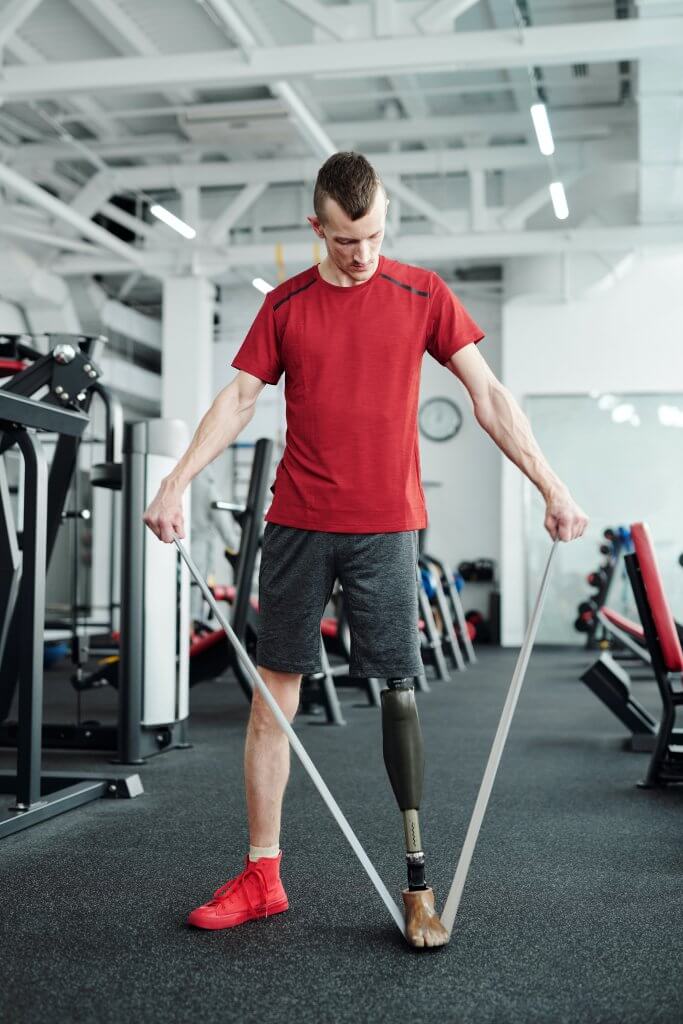In May last year I filmed a video explaining the stress response and why the incorporation of regular physical activity is important for modulating stress. Today I wanted to expand on this concept and link it to states of anxiety and depression.
The newest research is demonstrating a link between anxiety, depression and most other neuropsychiatric conditions, and a state of global, low-grade, chronic inflammation. This increases the risk of these individuals developing inflammation-induced diseases such as diabetes mellitus, cardiovascular disease and sustaining abdominal fat. One hypothesis states these two conditions acting like a vicious cycle. Your decreased mood increases the amount of inflammation within the body. Your body decided that its “sick” and facilitates social withdrawal to preserve energy and stop the risk of spreading the “sickness”.
As discussed in the video released back in May, physical activity helps us modulate our sympathetic nervous system (flight or fight response) regulating and reducing our arousal levels back to normal states.
Exercise itself is a stressor, and different types of exercise will stress different body systems. Cardiovascular/aerobic exercise depletes your muscles of oxygen, this induces a chemical stress response within the muscles. As you are recovering in the days after your workout your body goes “hey, that might happen again, and we need to be better prepared for that” – because remember (from the video) your cells don’t know if you’re using your muscles to cycle away in a spin class or to sprint for your life from a tiger trying to eat you. In the recovery process, your cells adapt to this stress, and become more efficient at oxygen transfer and storage.
Strength based exercise works in the same way – your body experiences a load (stress) it can’t handle, it says to itself “I need to be better prepared for that”, and therefore increases the density and number of cells within your muscle, making itself stronger.
Exercise increases pro-inflammatory cytokines (cells) in the body, the same as when we experience a stress response, exercise also increases the number of anti-inflammatory cytokines within the body. This increases our immune system response for stress and allows us to cope with the physiological side of stress more efficiently.
Exercise has been shown to induce physiological changes within our brain. Put simply, that means when we exercise, certain chemicals called neurotransmitters are released into our system. Neurotransmitters work like postmen. They are released with the purpose to deliver a message, which normally results in a change in in mood or induce a movement. Serotonin and dopamine are both neurotransmitters that regular exercise and physical activity help release in excess. Brain derived neurotrophic factor (BDNF) is a protein that essential for hippocampus functioning. The hippocampus improves plasticity, cognition and learning, and modulates depressive feelings. Exercise has been shown to increase BDNF the same way anti-depressant medication does, decreasing anxiety and depressive symptoms for 4 hours post a low-to-moderate intensity bout of exercise. Long term, regular physical activity is hypothesised to improve the modulation of immune and inflammatory cells and regulate hormones, decreasing anxiety behaviour and improve our immune response to stress.
All in all, exercise helps us deal with the craziness of life in a physiologically more efficient fashion.
Exercise is medicine.
Motion is lotion.
– Bridget Nash, Accredited Exercise Physiologist.


